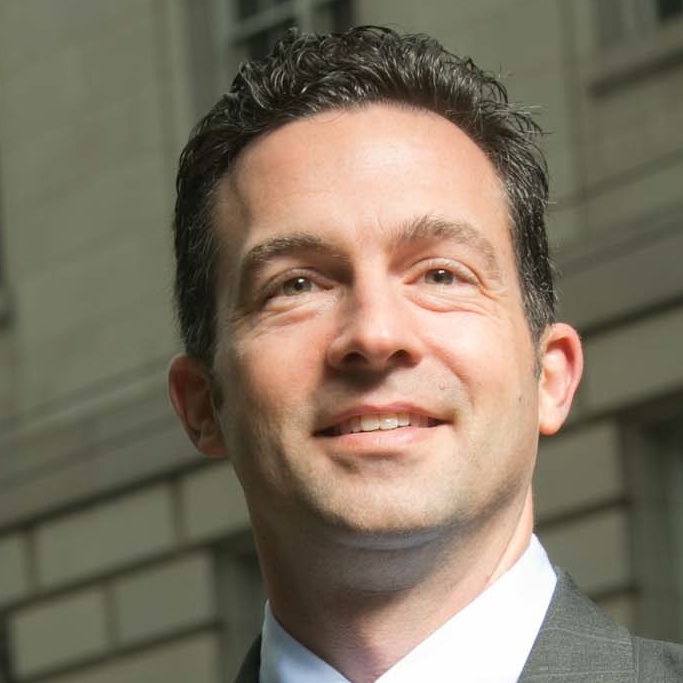Argument analysis: Pulling Younger back?

on Nov 6, 2013 at 12:03 pm
At oral argument in Sprint Communications, Inc. v. Jacobs, the Supreme Court appeared ready to draw some lines to cabin the Younger abstention doctrine. As summarized in my argument preview, the case involves a private telecommunications dispute brought concurrently before the Iowa Utilities Board and before a federal court. The federal court abstained under Younger v. Harris. The question is whether the Younger doctrine applies.
The argument seemed more one-sided than a two-headed penny. Counsel for petitioner Sprint faced only fifteen questions, while counsel for respondent IUB faced around forty. Further, the Justices took up only seventy-seven transcript lines of Sprint’s 456 total but a whopping 217 of the IUB’s 514. Look for a unanimous reversal from the Court in short order.
Sprint’s counsel was really challenged only twice. Early on, Sprint pressed its proposed distinction between “coercive” and “remedial” agency proceedings as a way to limit Younger. But Justice Sotomayor confessed an inability to define “coercive” and stated that “[t]he line seems very hard to draw.” She signaled that perhaps the Court was inclined to draw a different line, musing whether it is “worthwhile using that distinction at all” rather than “going back to basic principles” underlying Younger.
Later, Justice Ginsburg voiced some sympathy for Younger, remarking that, after all, the IUB and state courts are open to hear the dispute in this case, and the Supreme Court is available on certiorari to hear an appeal from the state decisions, so perhaps Sprint didn’t have much to complain about.
For the most part, however, the Justices let Sprint’s counsel speak at length. And he focused on the important point that the IUB’s proposal “would transform Younger abstention from the exception into the rule” for “[v]irtually all State agency decisions, even on issues of Federal law.”
The Justices quickly picked up on this point during the IUB’s argument, expressing grave concerns about the breadth of Younger. Nevertheless, the IUB continued to defend an expansive Younger doctrine, essentially arguing that any state proceeding involving an important state interest was entitled to Younger.
Several Justices seemed incredulous at this argument and struggled to articulate a case in which a state administrative proceeding would not involve an important state interest. The IUB responded that if the agency were just resolving the amounts owed rather than whether amounts were owed in the first place, that would be a “garden-variety” private dispute with less state interest. This example did not seem to win any votes; several Justices remarked that such a category would be very small indeed. And Justice Scalia even voiced dissatisfaction with the IUB’s test in the first place, saying that “whether there is a significant State interest involved or not, is [not] a clear line, . . . [s]o I’m disinclined to use that kind of a – a test.”
In the end, it seems likely that the Court will reverse the Eighth Circuit and scale Younger back. The real question will be how the Court does that. Sprint’s proposal to distinguish between coercive and remedial proceedings appeared to gain little traction. It seems more likely that the Court will rely on precedent to confine Younger to criminal, quasi-criminal, and judicial-enforcement proceedings.


